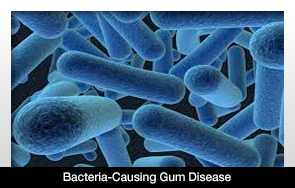 |
Dental sealants containing a variety of bisphenol A (BPA) derivatives are effective in preventing the most common dental cavities in children and adolescents.
The special article, “Bisphenol A and Related Compounds in Dental Materials: A Critical Review,” in the October 2010 print issue of Pediatrics evaluates the BPA content of dental materials and suggests ways to manage BPA exposures. Dental materials present a much smaller and infrequent exposure to BPA than more common sources.
BPA is commonly found in plastic food-storage containers, some water bottles, and linings of metal food cans. Because prior research has found that BPA can pose health risks from its endocrine-disrupting, estrogen-like properties, reducing all exposure is important to health. Through a literature review, researchers found BPA is released from dental resins through enzymes in saliva, and is detectable in saliva for up to 3 hours after resin placement. How much is absorbed is not known.
Dental products that contain the bisphenol A derivative glycidyl dimethacrylate (bis-GMA) are less likely to be converted to BPA and have less estrogenic properties than those containing bisphenol A dimethacrylate (bis-DMA), and the authors suggest the more commonly used bis-GMA resins should be the preferred choice.
The most significant window of exposure to BPA is during and immediately after the material is placed in the mouth. To reduce exposure, study authors suggest rubbing the material with pumice to remove the top liquefied layer of sealants. Rinsing the surface with water for 30 seconds immediately after application also has been shown to decrease salivary BPA levels to nearly baseline.
Because of the substantial benefit resin-based dental sealants provide, and the brevity of exposure to BPA, study authors recommend they continue to be used in pediatric dentistry. The authors suggest use of these materials should be minimized during pregnancy when possible, and they encourage manufacturers to develop materials with less estrogenic potential.
 |










